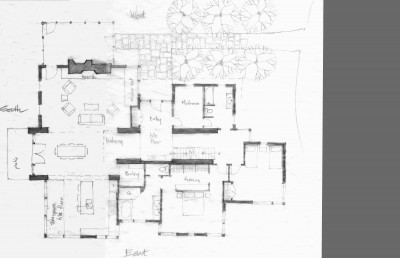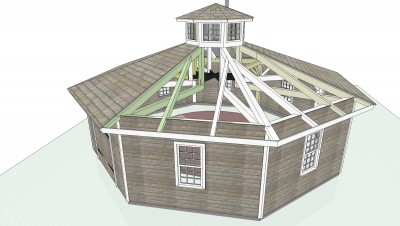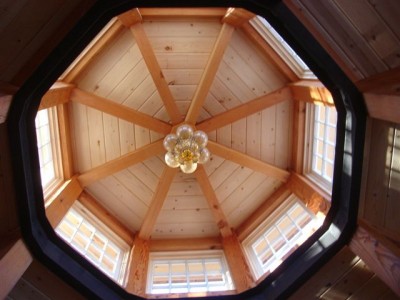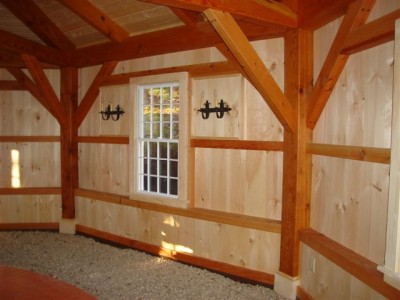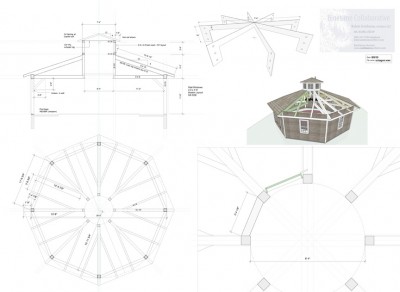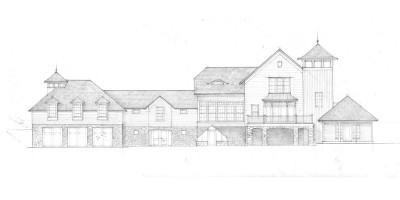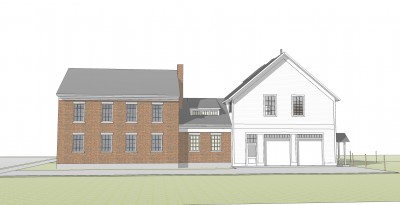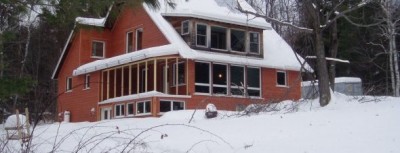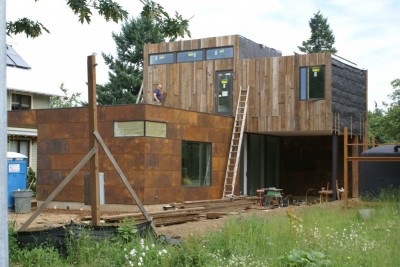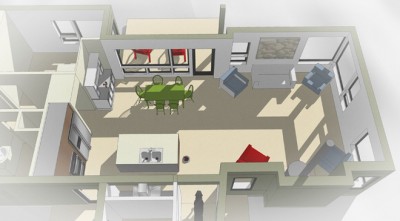People often tell me they took a drafting class in high school and thought about becoming an architect. I took a drafting class in high school and thought about becoming an architect. I suspect that few people have in idea of what it takes in terms of the whole process. First there is admission to a school of architecture. These tend to be highly competitive. My school accepted fewer than one in seven applicants the year I was accepted with admission to the rest of the school being much easier. Artistic talent, leadership skills and life experience were important. High school drafting class counted for nothing. The first year of architecture school is a bit like hazing and typically, about half drop out. Then you are in school (think massive debt) for 5 years at a minimum. Five years gets you a professional degree called a Barch which is a bit more than a regular bachelors but less than a masters. This degree is being phased out because it is becoming impractical to cram all the course work into five years. ( graduated with 181 credits) The new norm seems to be a 4 year degree resulting in a liberal arts type bachelors degree and an additional 2 to 3 years for a Masters degree in architecture.
Then comes post graduation internship (if you are lucky enough to get a position with an architecture firm) Working full time, the requirements for this can theoretically be met in about three years. I have heard that the average internship lasts 7 years but this seems to be a dirty little secret in the industry. My own internship was about 5 years worth of time spread over a much longer period of time because I spent so much time working as a carpenter. It took five years of actual internship because there are a specific set of criteria that must be met to satisfy the internship requirements which are often hard to accomplish without spending some time working in a large urban firm where a regular internship program is in place. Many graduates who go to work in larger firms with salaried positions never get around to taking the qualification exams to become licensed architects. They may not need the license for their job and it can be hard to study when you go home in the evening to a busy family and life.
The Exam(s) - Nine of them when I was becoming an architect. Nine exams which represented over $1000 in fees plus all the study materials which is a whole separate industry. In the old days the exams took place all at once over a 4 day period where you were locked in a room with a drafting table. Now you stare at a computer screen at a cubicle in a small room with flickering florescent lights overhead. (headache)
So, the whole process takes a minimum of 8 years but averages a lot longer. Probably not worth it from an accountant's point of view when looking at the yearly salary data that comes out courtesy of the American Institute of Architects. Then when you finally have license in hand and can legally call yourself an architect there are all the yearly fees and continuing education requirements that must be met to maintain the license. If you lapse on any of these you are not allowed to cannot continue to call yourself an architect.
Phew!


